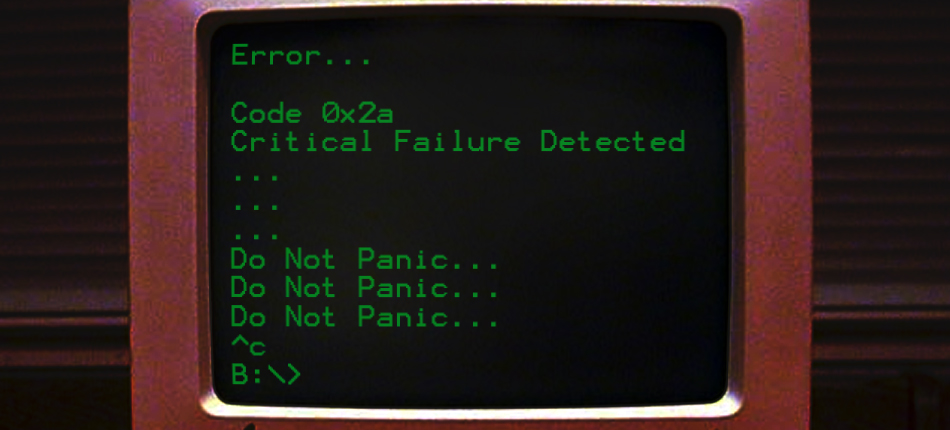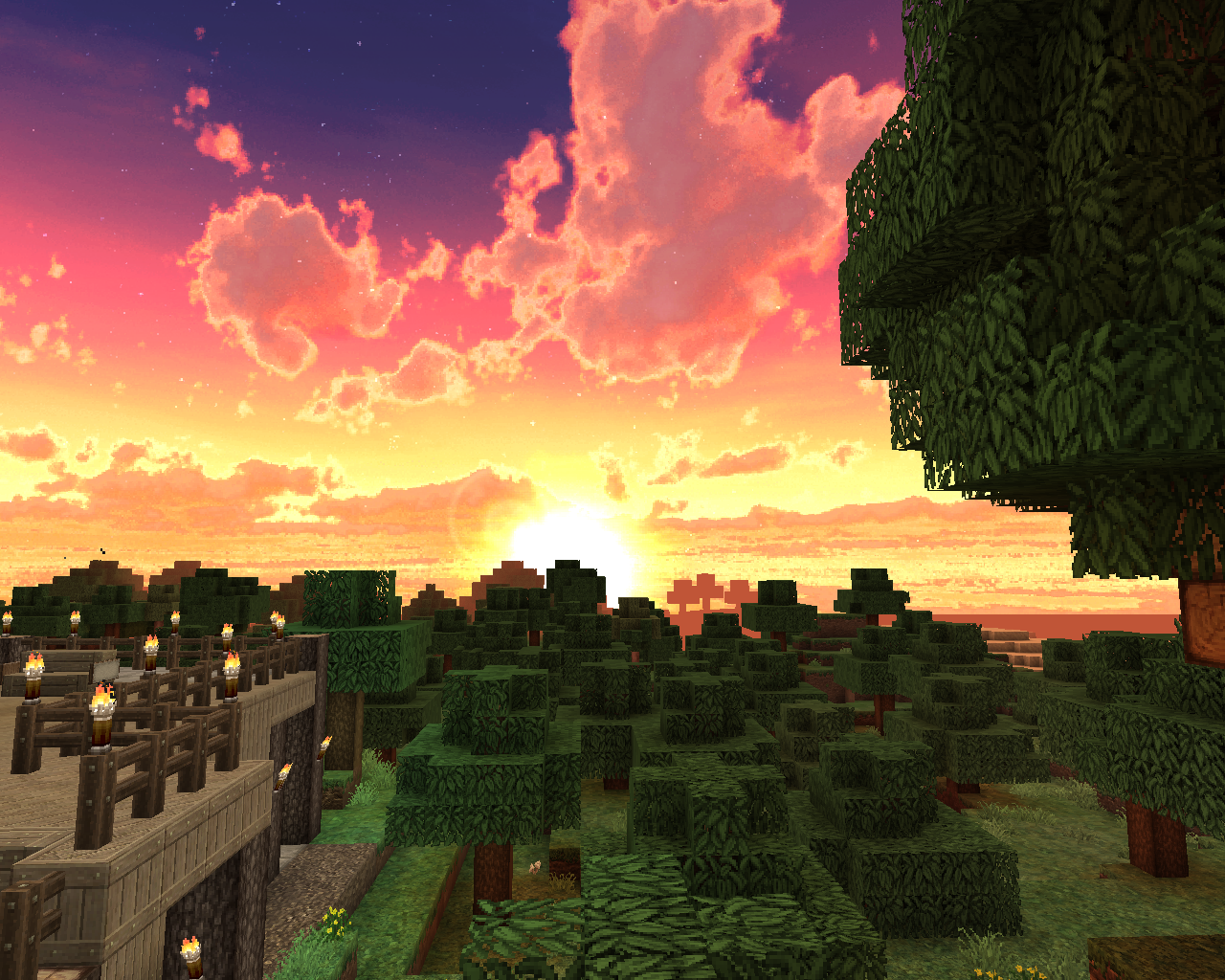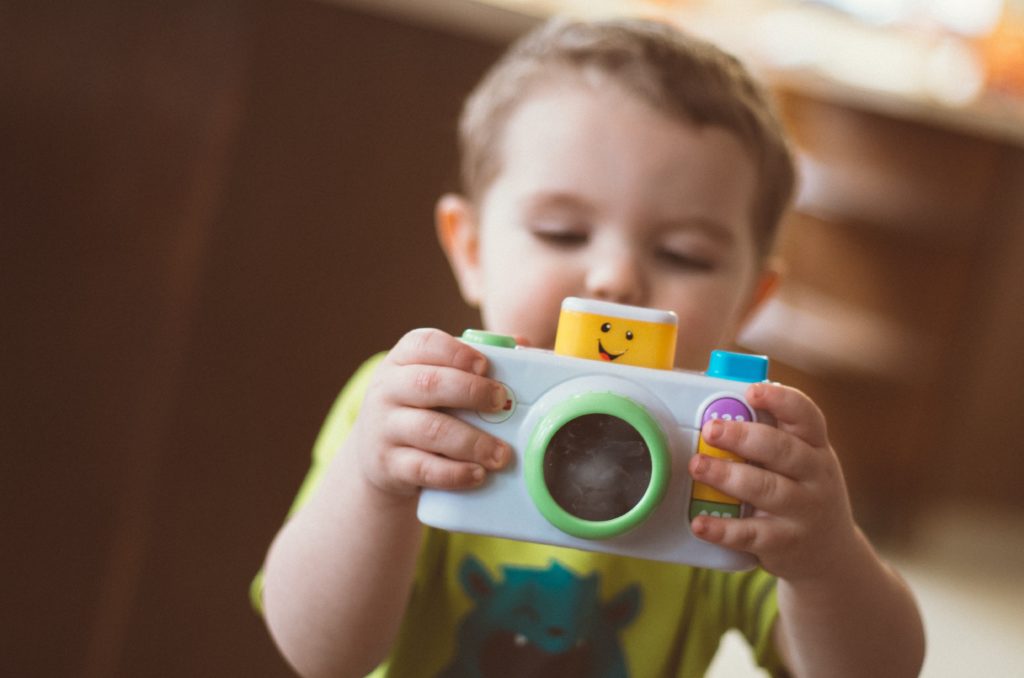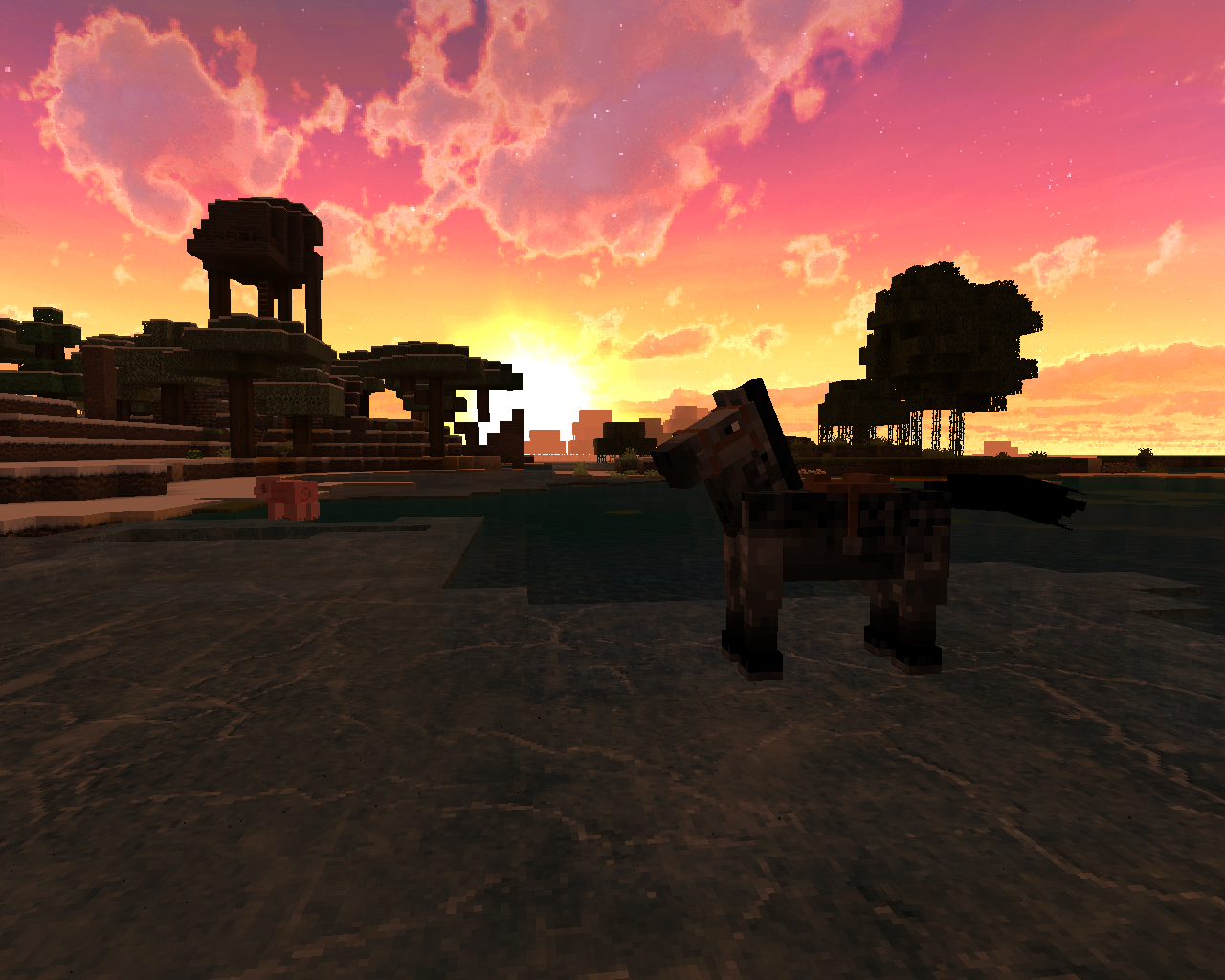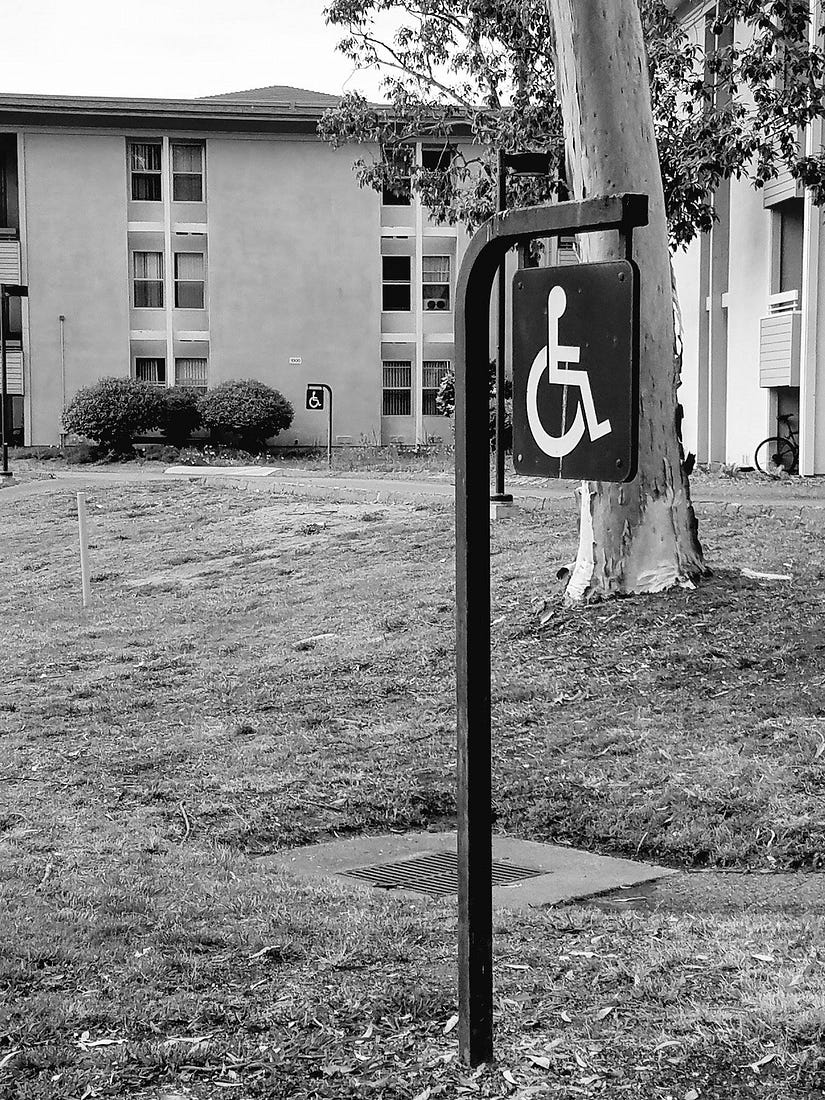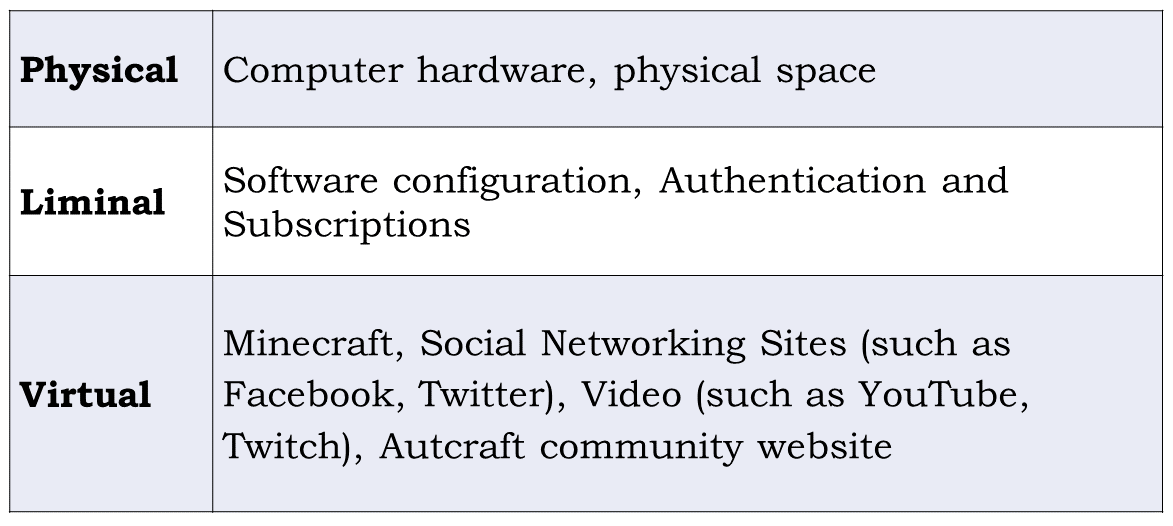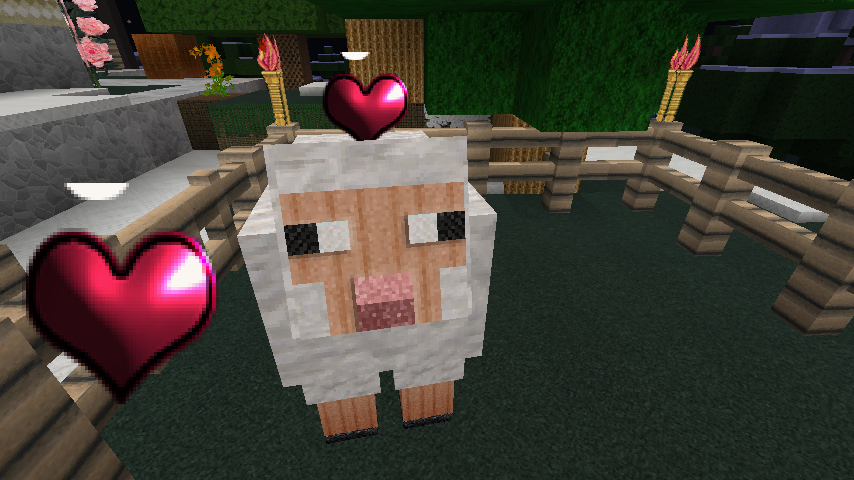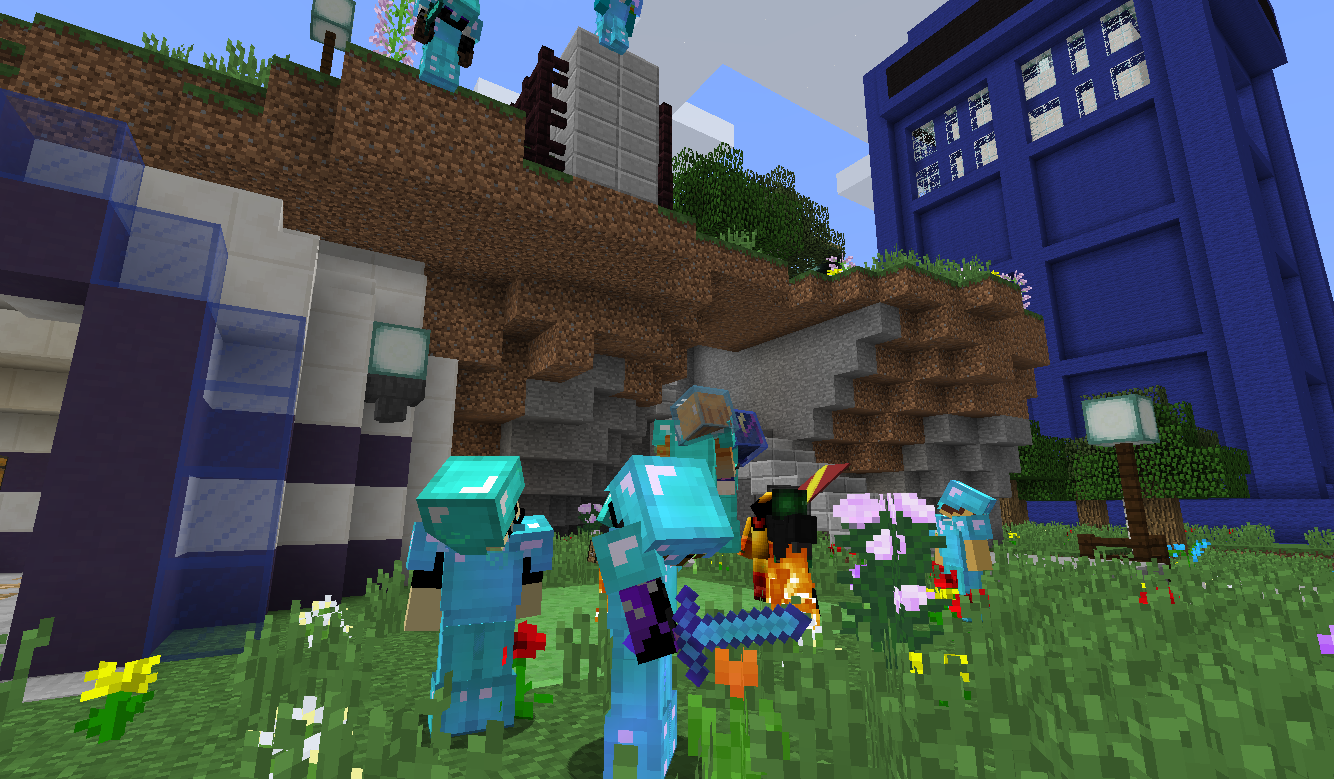Preview: Psychosocial disabilities can be found in a large portion of the world’s population and consist of different disabilities including mental ill-health such as depression and anxiety. Psychosocial disabilities has been widely understudied in assistive technology research, but there is a great potential for assistive technology to be able to support people with psychosocial disabilities. Our investigation draws on interviews conducted with 18 people who have complex health needs that include mental ill-health. This work highlights the potential role for assistive technology in support psychosocial disability outside of a clinical or medical framework.
What are psychosocial disabilities?
Anxiety, depression, and many mental health concerns can be categorized under psychosocial disabilities, therefore, recognizing the actual or perceived impairments these concerns create in daily life. Importantly, a large portion of the population (1 in 4 worldwide) have been diagnosed with a mental health condition. This does not even consider those who have not been formally diagnosed because they have not sought diagnosis or meet the “threshold” for clinical definitions. Therefore, people with psychosocial disabilities make up a large portion of the world population.
There are a number of issues surrounding psychosocial disabilities that we address in this paper. First, many psychosocial disabilities are experienced alongside physical disabilities. However, a holistic approach to supporting these disabilities is widely underdeveloped and understudied. Medical care, for example, is widely siloed for different disabilities and health conditions with treatment for physical and mental health concerns happening separately. Second, while disabled people often face issues such as stigma or oppression, for those with psychosocial disabilities these issues are complicated by the invisibility and unique history of mental illness and health. As a result, to this day, many people are hesitant to disclose their psychosocial disability and the severity of the impact of their disability. Third, for the field of assistive technology, there has generally been greater attention to physical disabilities than psychosocial disabilities. Our investigation draws on interviews conducted with 18 people with complex health needs (such as having diabetes, heart conditions, or cancer) along with mental health concerns. Our results suggest that mental health symptoms are disabling for these individuals, as they disrupt a number of valued activities and roles. In addition, these disruptions often recur over time, and may be mutually reinforced by physical health symptoms. Yet, despite the challenges of mental health concerns, many individuals avoided medicalizing their mental health symptoms or discussing them explicitly as “disabilities.”
Overview of Study Results
After interviewing participants in our study we found three themes: (1) disabling experience of personal health, (2) how they talk about their personal health, and (3) how they care for their mental ill-health.
Disabling Experiences of Personal Health
Disabling experiences from personal health concerns occurred for our participants across their lives, from both their physical and mental ill-health. Specifically, they had to plan around some of their mental health concerns in order to continue living their lives. For example, one participant knew they would not be doing anything too intensive or stressful during the month of February because they will be upset or depressed during that time.
Taken together, their physical and mental health impacted their experiences of disability, often impacting one another. For example, a participant who was having difficulty walking without an assistive device found the lack of exercise was impacting his depression to her detriment. Being able to use her rollator to go for daily walks helped lessen the disabling impact of her depression.
Talking about Personal Health
The way participants talked about their personal health differed depending on if they were discussing their physical health or mental health. Much of physical health experiences were discussed in a matter-of-fact manner. They used things such as diagnostic labels and they didn’t provide contextual information or circumstances around the physical health issues. In contrast, for mental ill-health experiences, they had a spectrum of ways of framing their concerns. Some did not take up the diagnostic labels. For example, they might describe some symptoms of depression but then insist they do not actually have depression. Others found that the context and circumstances influenced whether they had a specific diagnostic label. For example, they might only be anxious because of their financial situation and not otherwise have anxiety. Partially because of these framings, participants would wait until their mental ill-health was severe or quite disabling before seeking help. These framings and discourse around their mental ill-health also influenced who they would talk to about their mental health concerns. This appeared to be related to worries about issues such as stigma. Some participants were careful which friends and family members they discussed mental health concerns with, while others were even hesitant about discussion with certain medical health providers. Consistently, participants thought carefully about the consequences of disclosing.
Caring for Mental Ill-health
While participants varied in how they thought about and discussed their mental ill-health, they also varied in the ways they took care of themselves with regards to mental health. Because of the broader framing around health, many participants relied on the healthcare system to support and care for their psychosocial disabilities. Participants had a range in how they felt about medication, with some taking medication for mental ill-health and others not wanting to “cover up” their problems with medication.
However, beyond the medical healthcare system, participants all used other self-management practices to help with their psychosocial disabilities. They discussed a broad range of skills including exercise, being social, meditating using applications, posting reminders for themselves in frequented spaces, and cognitive exercises such as thought restructuring (a common therapeutic tool). They used these tools in order to be able to participate in their daily lives.

Call-to-Action for Assistive Technology Community
Viewing the whole person beyond the medical context.
Our findings indicate that the complex co-occurring nature of physical and psychosocial disability should be recognized, such that ill-health is viewed holistically. Such an understanding requires health professionals to gather and understand rich contextual information about individuals, as would likely occur through recurrent, engaged contact in which individuals can share their personal experience of their physical and psychosocial disabilities. Assistive technologies could support this interaction by facilitating documentation of patterns and experiences occurring outside of health appointments, potentially contributing to care providers’ understanding of lived experiences of both mental and physical ill-health, and their interrelationship, and informing clinical conversations that are more person-centered and responsive to impairments in daily life.
Knowing that stigma may also be a barrier to these conversations, technologies could aim to empower individuals to speak about their psychosocial disability within the health system and more broadly. In the physical health domain, some research has explored how individuals with invisible disabilities manage demands to repeatedly disclose their disability, as well as how this might impact the design of assistive technology. For example, assistive technology may help disclose or partially disclose a disability in order to help a person gain access or get support from people around them as needed (such as business cards explaining a psychosocial disability). In addition, technologies could support individuals gaining skills and experience relevant to disclosing a psychosocial disability. For example, through simulations of conversations with health providers, or by facilitating peer-to-peer communication so that individuals gain positive initial disclosure experiences that empower them to disclose further.
Reframe research and design to match user experiences.
Given the variety of ways that individuals with psychosocial disability use and view labels, and the numerous factors that influence these framings, designers of assistive technology must be mindful of how resulting tools are introduced to people. Framing in terms of “wellness,” for example, rather than mental ill-health or psychosocial disability may increase acceptability. It will also be important to frame technologies such that they appeal to individuals when they are not actively symptomatic, but when they might nonetheless maintain their good health through self-management. Within this exploration of framing, there is opportunity to meet individuals with disabilities where they are and find language and labels that work for them, rather than adopting a top down application of labels common in medicine. Future research might more directly investigate how individuals make decisions about adopting labels related to psychosocial disabilities and mental health diagnoses.
Moving away from a solely medical model of psychosocial disabilities.
Within the assistive technology community, tools to support those with psychosocial disability are rare. However, within behavioral science, interest in the use of technological tools to support mental ill-health is rapidly expanding. Digital mental health is the use of information and communication technologies to improve mental health. However, the majority of digital mental health tools are developed to address mental health concerns from a medical perspective (that is, a focus on psychopathology and symptom control). By viewing technology through this purely medical lens, designers may overlook opportunities for technologies to enhance other aspects of people’s lives. In order to find common ground in medical and social research and design for people with disabilities, we propose bringing the medical and assistive technology communities together to learn from each other. Adopting a view informed by a psychosocial disability model may suggest different outcomes of concern, centering the experiences and values of the disabled individual.
Researchers in medical fields, such as behavioral health, have done a great deal of work in creating support, tools, and care for individuals with psychosocial disabilities. And, in fact, some assistive technology has been based directly off this work. However, more work can be done to help merge a social model view of psychosocial disability with this work in medicalized fields. With a social lens, creating assistive technology for people with psychosocial disabilities can be supportive, empowering, and will re-center people with disabilities, allowing their experiences to be the catalyst of technological change.
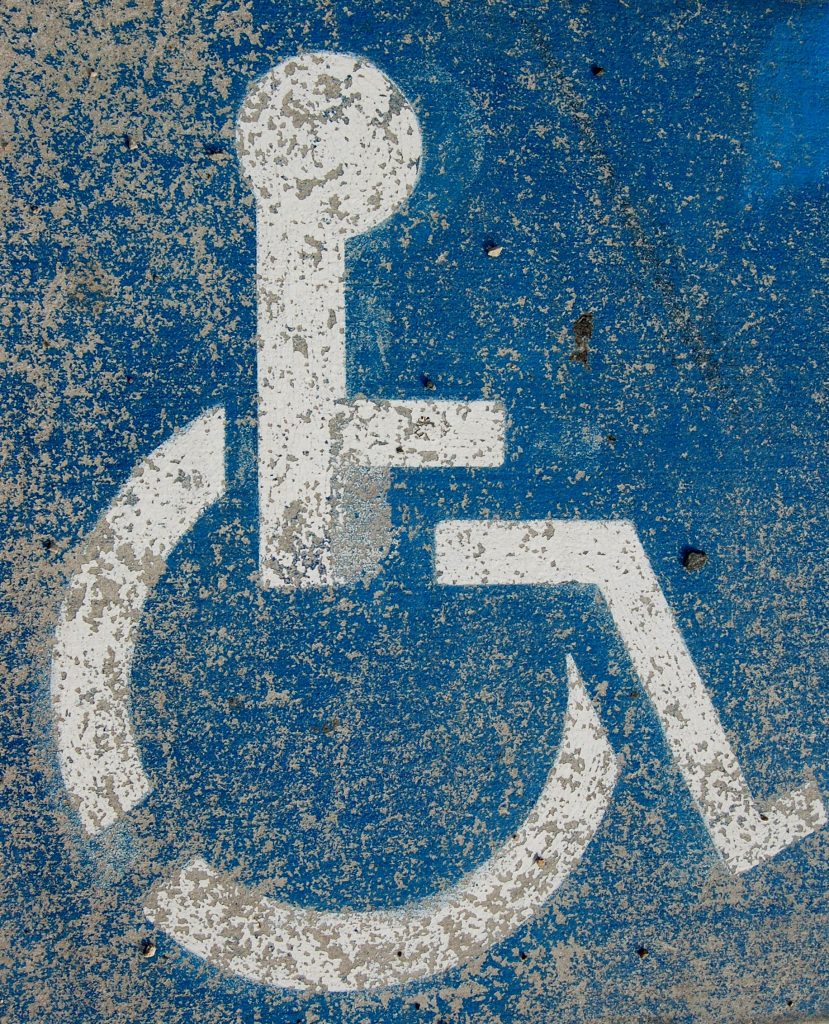
For more details about methods and results, please read the full paper.
Kathryn E. Ringland, Jennifer Nicholas, Rachel Kornfield, Emily G Lattie, David C. Mohr, and Madhu C. Reddy. 2019. “Understanding Mental Ill-health as Psychosocial Disability: Implications for Assistive Technology.” In Proceedings of ASSETS 2019. [PDF]
